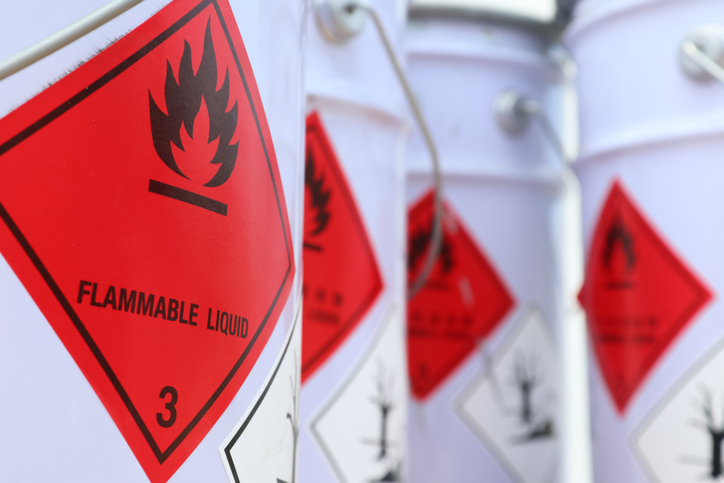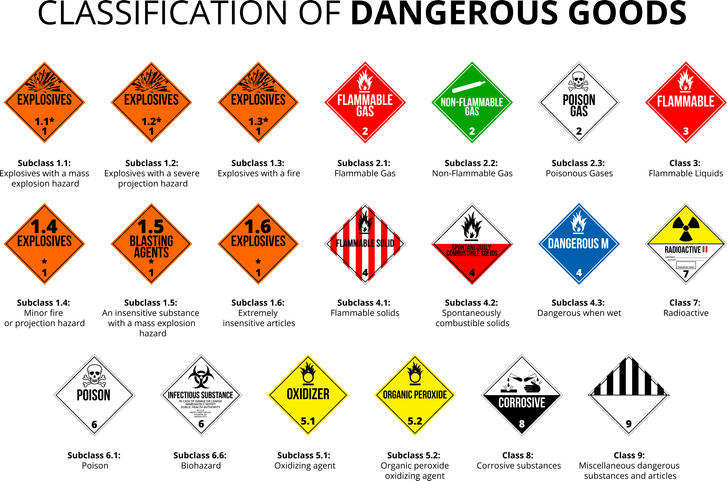
Transporting dangerous goods is a complex process that requires careful planning and adherence to strict regulations. Dangerous goods are materials that pose a risk to people, property, or the environment if not handled properly. This includes items such as explosives, flammable liquids, and hazardous chemicals.
When transporting dangerous goods, it is important to understand the regulations that apply to the materials being transported. These regulations are designed to ensure the safety of the public, the environment, and the goods themselves. In the United States, the Department of Transportation (DOT) is responsible for regulating the transportation of dangerous goods.

The first step in transporting dangerous goods is to identify the materials being transported. This includes determining the type of material, the quantity, and the classification of the material. The classification of the material will determine the regulations that apply to the shipment.
Once the materials have been identified, the next step is to obtain the necessary permits and documents. Depending on the type of material being transported, different permits may be required. For example, some materials may require a special permit from the DOT. Additionally, all shipments must be accompanied by a shipping document that includes information about the material, the quantity, and the destination.
The next step is to ensure that the materials are properly packaged and labeled. All packages must be clearly labeled with the type of material, the quantity, and any special instructions. Additionally, the packages must be securely sealed and must be able to withstand the rigors of transportation.
The final step is to arrange for the transportation of the materials. Depending on the type of material, different modes of transportation may be required. For example, some materials may require special vehicles or containers. Additionally, the driver must be properly trained and certified to transport the materials.

Transporting dangerous goods is a complex process that requires careful planning and adherence to strict regulations. It is important to understand the regulations that apply to the materials being transported and to obtain the necessary permits and documents. Additionally, the materials must be properly packaged and labeled and the transportation must be arranged in accordance with the regulations. By following these steps, it is possible to safely and legally transport dangerous goods.